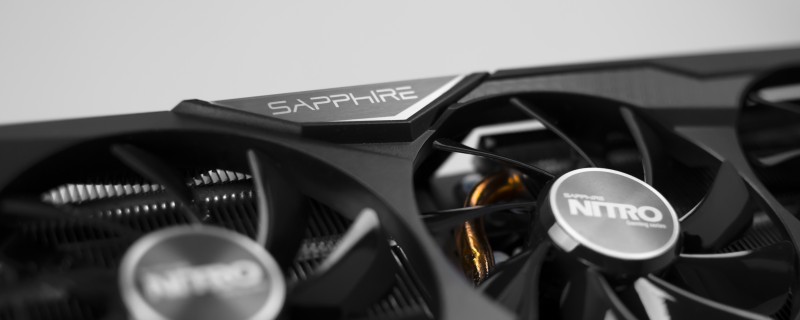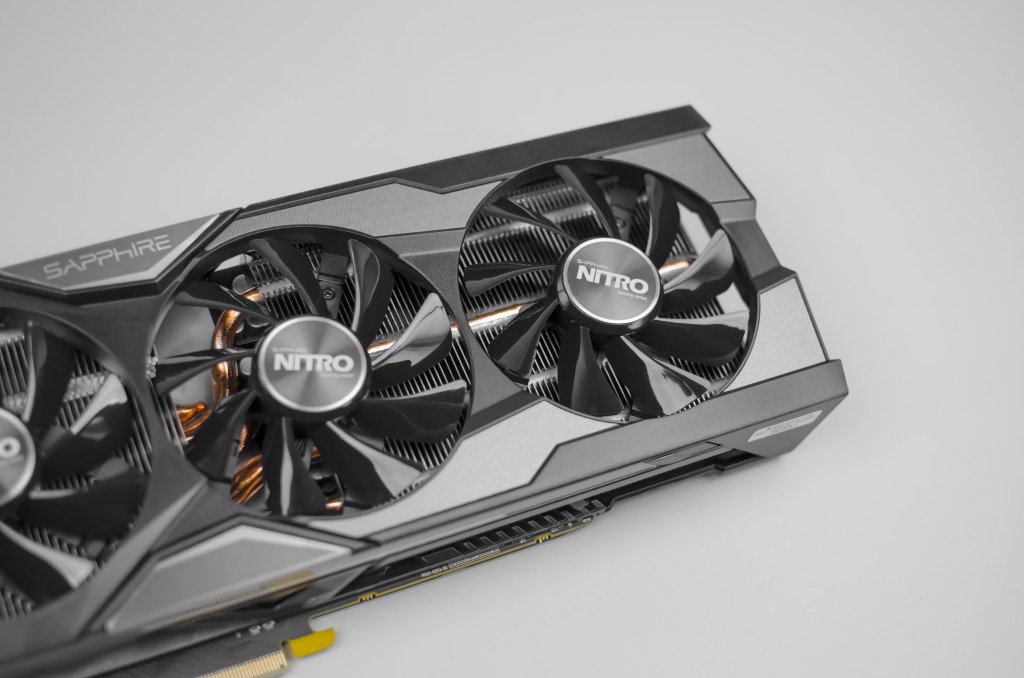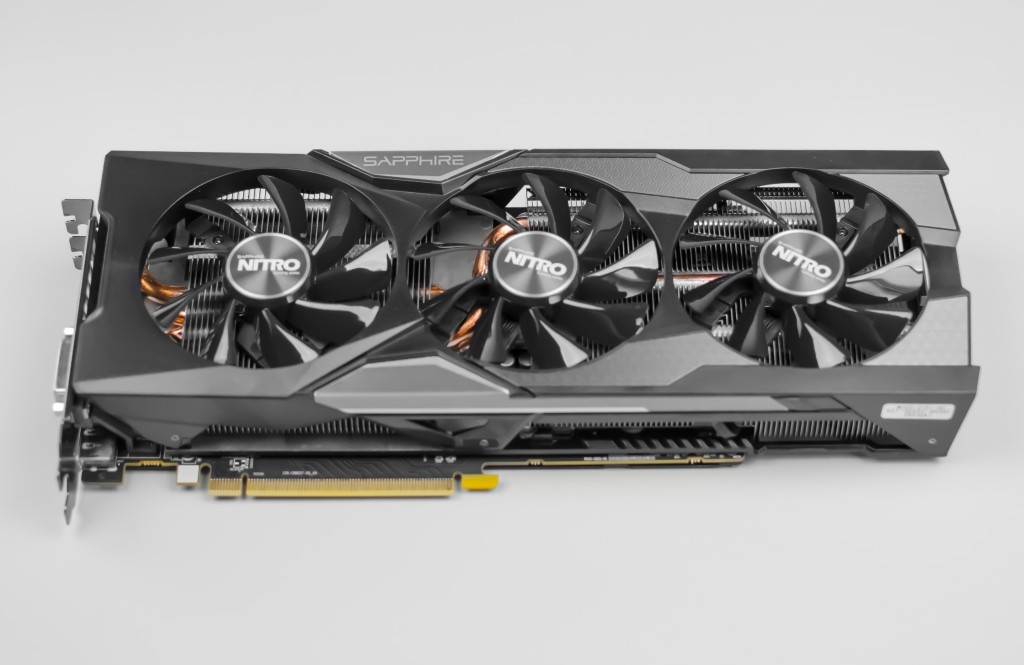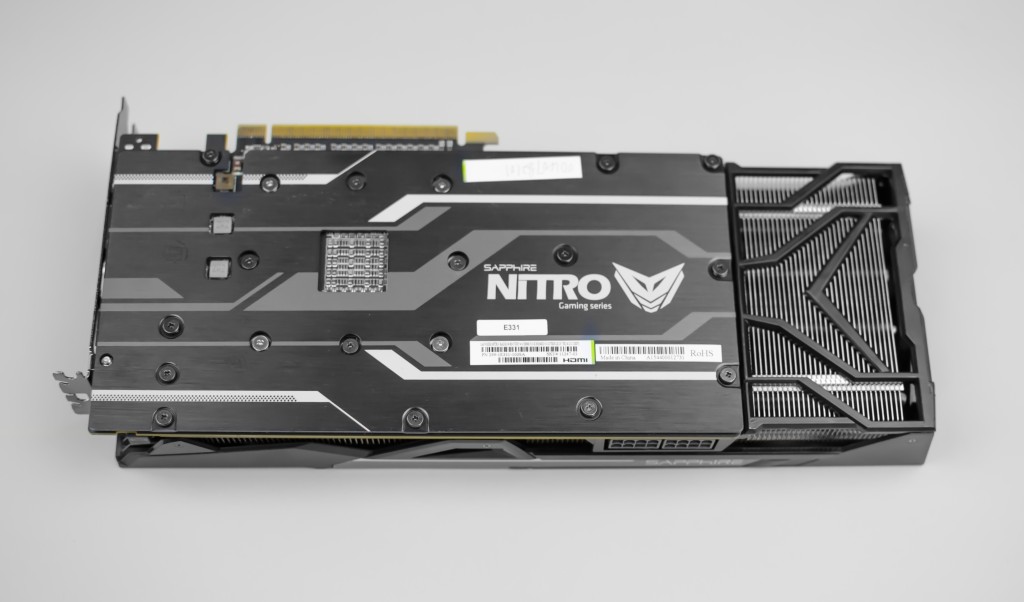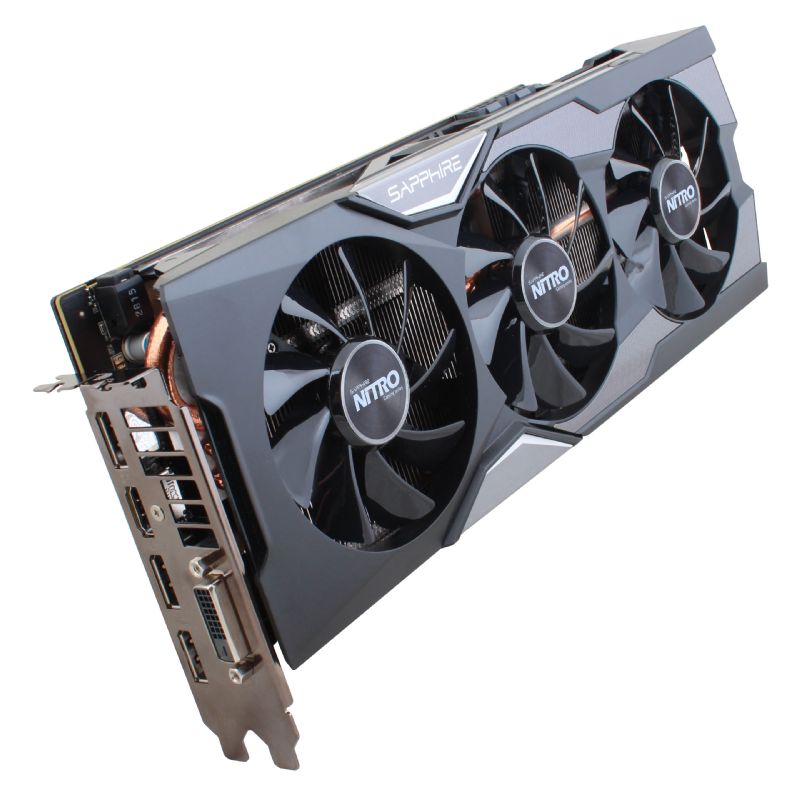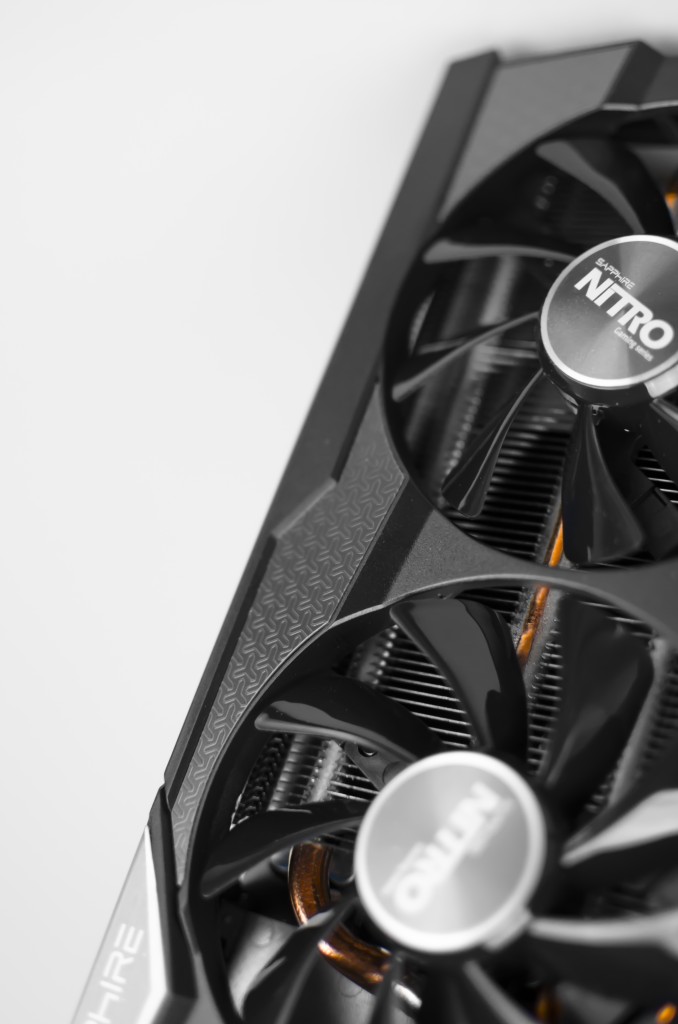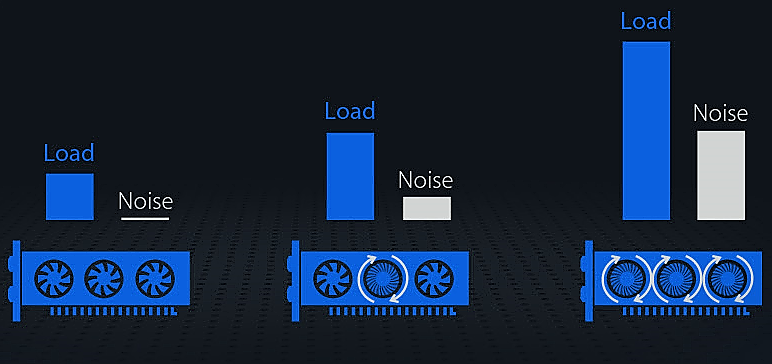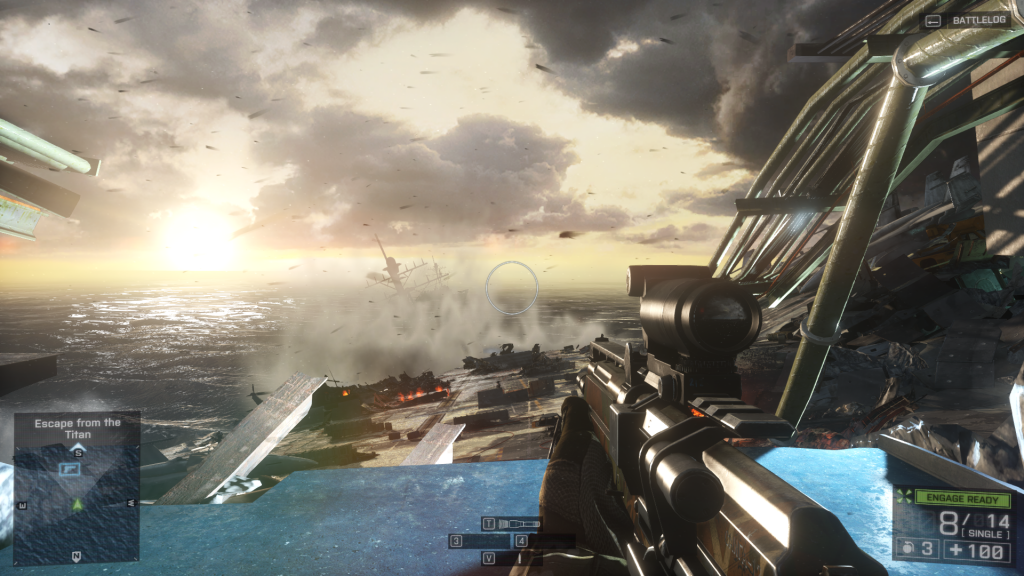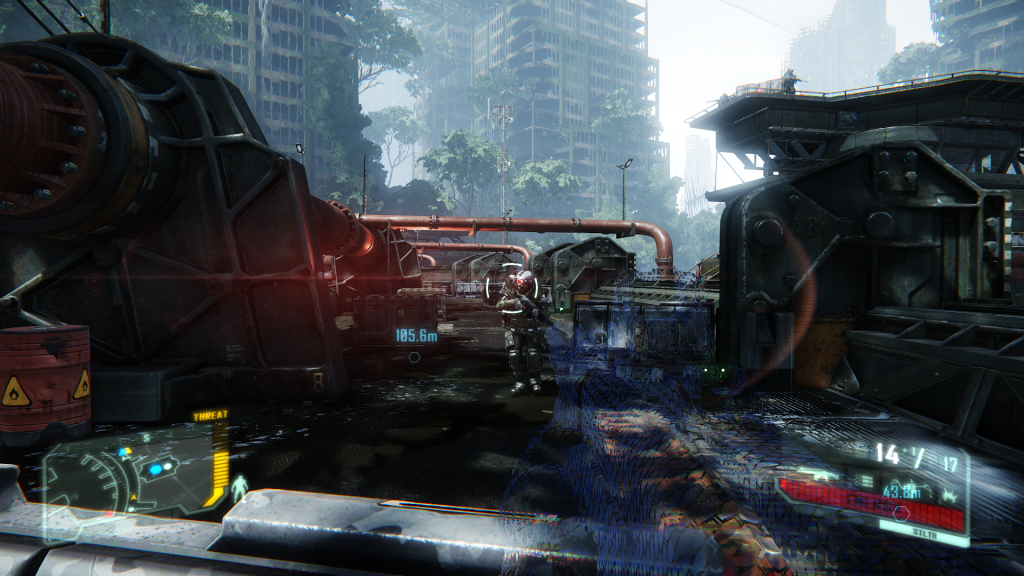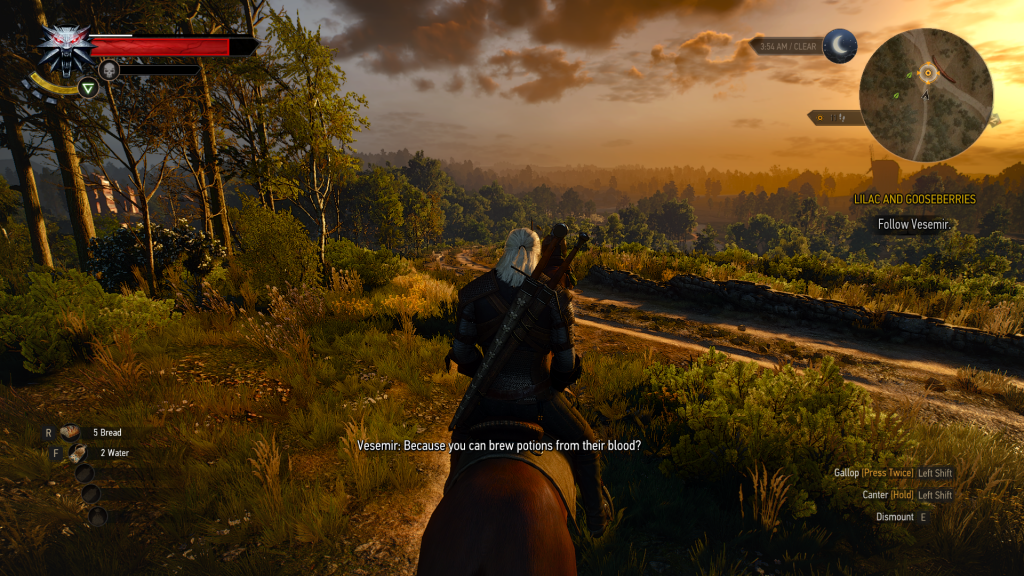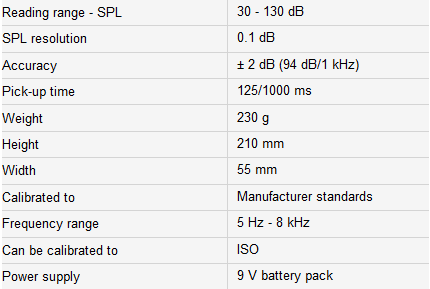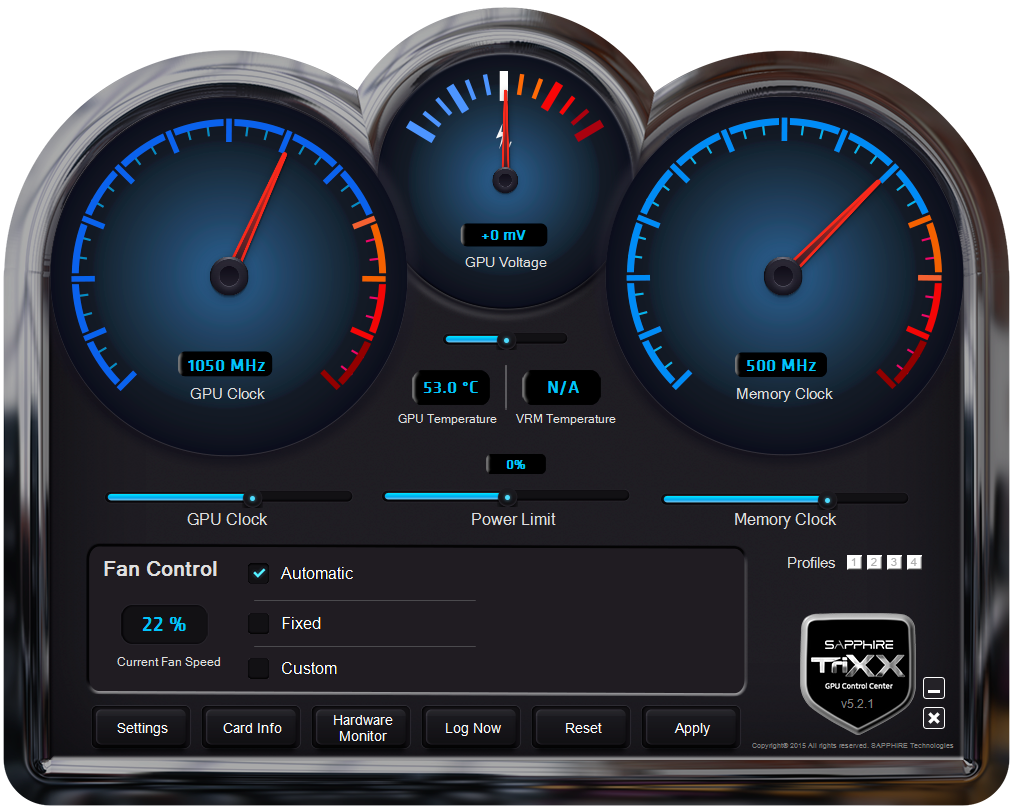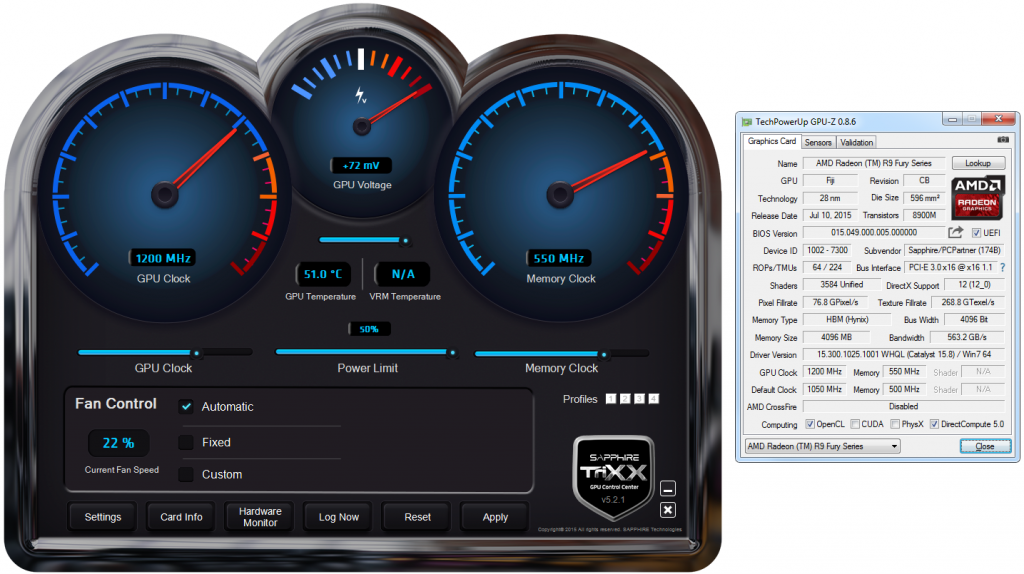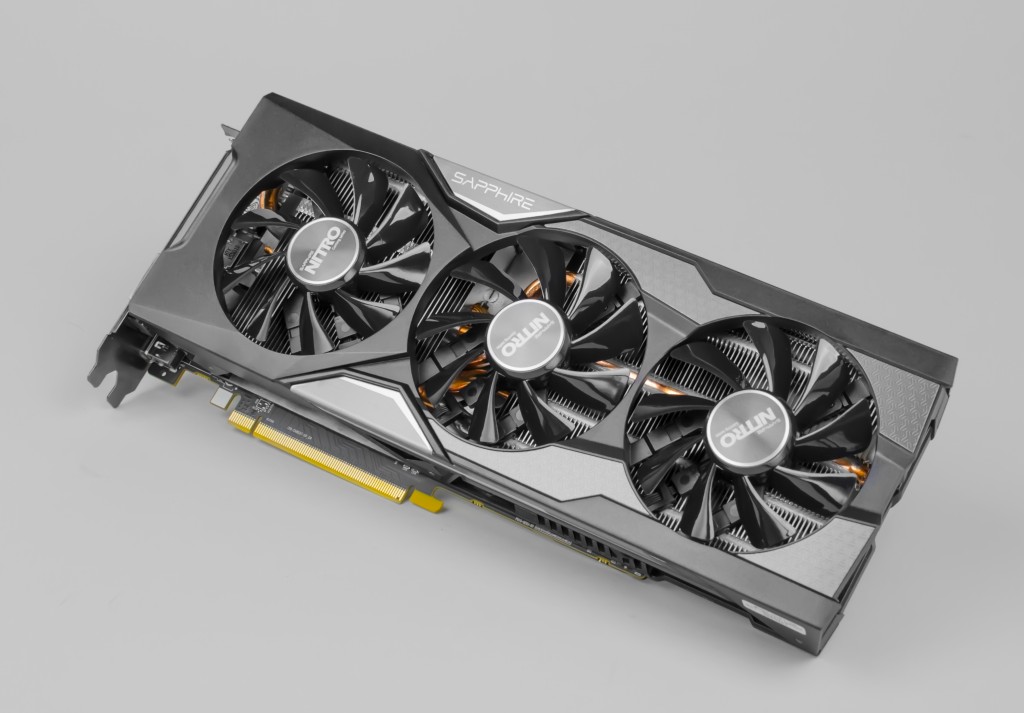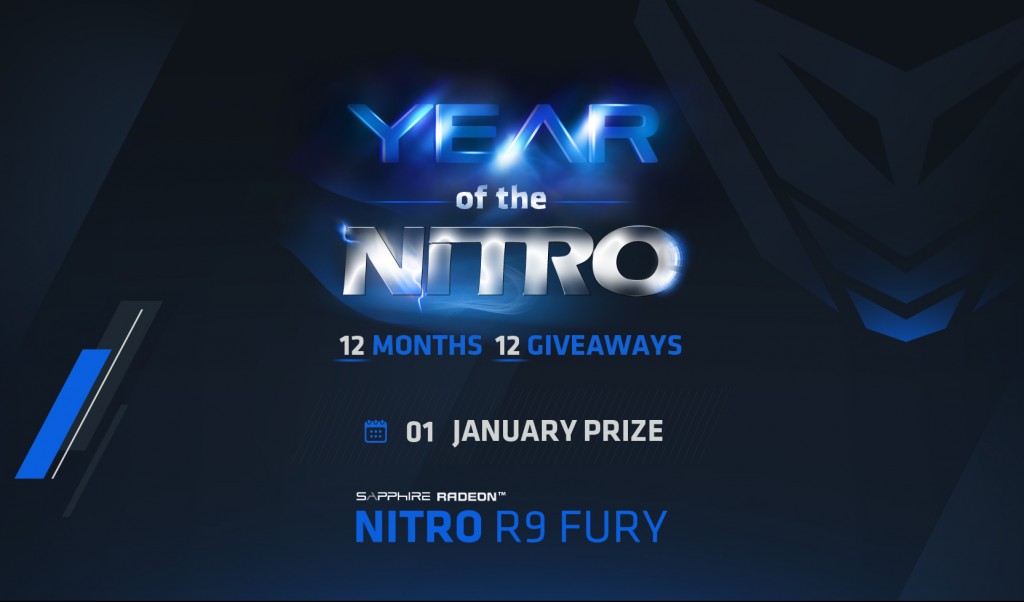
Today’s debut of the SAPPHIRE NITRO R9 FURY is the company’s second take on the AMD Radeon R9 FURY following last year’s release of the Tri-X variant.
Of course, there are several R9 FURY-based cards on the market — the very same SAPPHIRE Tri-X among them — which are highly competitive with GeForce GTX 980 accelerators thanks to the “Fiji” GPU, AMD’s latest high-performance incarnation of their GCN architecture. However, SAPPHIRE NITRO strives to be something more than just another R9 FURY card you can buy. SAPPHIRE’s goal has been to create the perfect combination of the highest possible performance, quiet operation and exceptional overclocking capabilities. They want the new NITRO R9 FURY to be a worthy addition to the award winning SAPPHIRE NITRO Gaming Series of graphics cards. Have they succeeded? Let’s take a look!
The Radeon R9 FURY is based on the same silicon as the R9 FURY X, code-named “Fiji”. The chip features AMD’s latest GCN 1.2 architecture, making it AMD’s most technologically advanced solution. Of the 64 CU’s present in the chip, 56 can be used. That amounts to 3584 stream processors and 224 TMUs. There are also 64 ROP units and a 4096-bit HBM memory controller. It is important that the first generation of HBM memory is limited to 4 GB — that is exactly the amount R9 FURY offers. Although this may seem insufficient for 4K gaming, bear in mind that GeForce GTX 980-based cards also have 4 GB of VRAM.
The SAPPHIRE NITRO R9 FURY features the company’s flagship cooling solution, which promises low load temperatures and very quiet operation. Tri-X, just as the name suggests, incorporates three ball bearing fans and is also completely noiseless under low-load operation thanks to its semi-passive nature. The card comes overclocked out of the box to a GPU clock of 1050 MHz — that’s 5% above the reference clocks. This also means that the NITRO R9 FURY is currently the highest clocked R9 FURY on the market. Memory frequency has remained at 500 MHz, most probably because it already offers 512 GB/s of bandwidth and certainly isn’t a bottleneck of any kind.
| GeForce GTX 980 | Radeon R9 FURY | SAPPHIRE NITRO Radeon R9 FURY | |
| Graphics Processor | GM204 | Fiji | Fiji |
| Transistors | 5200M | 8900M | 8900M |
| Shader Units | 2048 | 3584 | 3584 |
| ROPs | 64 | 64 | 64 |
| TMUs | 128 | 224 | 224 |
| Core Clock | 1126 MHz + Turbo | 1000 MHz | 1050 MHz |
| Memory Clock | 1750 MHz | 500 MHz | 500 MHz |
| Memory Size | 4096 MB | 4096 MB | 4096 MB |
| Memory Bus | 256 bit | 4096 bit | 4096 bit |
| Memory Bandwidth | 224 GB/s | 512 GB/s | 512 GB/s |
Accessories
Inside the box, you will find:
- A Graphics card
- A User’s manual
- A Driver DVD
- A SAPPHIRE Select Club registration code
- An HDMI cable
The Card
The SAPPHIRE NITRO R9 FURY is based on the company’s own, non-reference PCB, which is significantly longer than AMD’s reference design.
There is a special backplate on the back of the card that protects all sensitive components and also increases cooling efficiency.
That backplate has been designed to prevent the PCB from bending during long-term usage. As you can see, power delivery requires two 8-pin PCIe power connectors.
Because of the size of Tri-X cooling system, installation requires a case with three slots.
Display connectivity options include three full-size DisplayPorts, one DVI-D port (no analog output) and a single HDMI 1.4a port.
Each fan’s diameter is exactly 90 mm. This may not seem like much but in fact they are capable of delivering very high airflow with minimal noise.
Thanks to the fans very high possible rotational speed, they provide excellent cooling under all possible conditions, including very high ambient temperatures.
SAPPHIRE’s second generation of Intelligent Fan Control technology, or IFC II, also ensures the lowest possible fan noise in all low-load scenarios. All three fans are completely switched off in idle mode and turn on one by one as conditions require.
Test Setup
| Processor | Intel Core i5-4690S |
| Motherboard | MSI Z97 MPower Max AC |
| Memory | Patriot Viper Xtreme 8 GB DDR3-1866 @ 2400 MHz CL 10-12-10-30-1T |
| Hard Disk | Seagate Barracuda 7200.12 1 TB |
| Power Supply | Enermax Platimax 1350 W |
| Case | Antec Twelve Hundred V3 |
| Display | AOC Q2577PWQ |
| Operating System | Microsoft Windows 7 64-bit SP1 |
| Drivers | Radeon Software Crimson Edition 16.1 Hotfix and GeForce Game Ready Driver 361.43 |
All of our tests were conducted during real gameplay with Fraps 3.5.99, and all the results on the charts are the arithmetic means of three test runs. Timer resolution was set to the lowest possible value of 0.5 ms. Screenshots below represent actual benchmark locations.
All games were set to their highest quality setting with the exception of Advanced PhysX, HairWorks and TressFX. These vendor-specific technologies are very demanding and may also be unfair to the rival camp.
Performance Results
Fan Noise
The Enermax Platimax 1350 W was replaced with a Digifanless 550 W for fan noise tests to ensure high-quality readings unaffected by PSU fan noise. The ambient noise was exactly 32,5 dBA. Room temperature ranged from 21 to 22 °C. GPU-Z 0.8.6 was used to perform temperature readings. Both tested graphics cards were subjected to 15 minutes of Crysis 3 gameplay and left for 10 minutes to cool down.
The fan noise tests were conducted with a Voltcraft SL-100 digital sound level meter placed 40 cm away from the case, at the projected height of a user’s ears. All other fans were turned off for the duration of the tests.
SAPPHIRE NITRO R9 FURY features a physical power limit switch Under 260W power setting, the fan speed in load sits around 1350 rpm. That goes up to about 1600rpm under 300W setting.
Overclocking
The overclocking results listed in this section were achieved with SAPPHIRE’s TriXX utility. Core voltage, power limits and fan speed were maxed out to remove any potential bottlenecks during the overclocking. Furthermore, the card was subjected to 15 minutes of intensive Crysis 3 gameplay to really put its stability to the test.
Maximum overclock of our sample is a very impressive 1200 MHz on the GPU—that’s over 14% higher than stock frequency! There can be no doubt that this is among the best overclocking R9 FURY cards on the market. The overclocking potential of the SAPPHIRE NITRO R9 FURY is very similar to many non-reference GTX 980 cards.
HBM memory doesn’t show that much OC potential yet. The maximum stable clock was 550 MHz, just 10% above stock value. You’d nonetheless have to admit that 512 GB/s of memory bandwidth is already a monster value and further overclocking doesn’t produce any extra performance to speak of.
Conclusion
Why SAPPHIRE NITRO R9 FURY:
- Overclocked out of the box
- Backplate included
- Excellent performance at 1080p
- Decent performance at 1440p
- Low temperatures
- Noiseless in idle
- Quiet under load
- Great overclocking capabilities
There is no doubt that SAPPHIRE NITRO R9 FURY is a great gaming graphics card and a welcome addition to the NITRO Gaming Series family. First and foremost, it offers great performance that is highly competitive with non-reference GeForce GTX 980 cards. While it is slightly slower than its competitor at Full HD at times, it really shines at higher resolutions, showing its true potential. The average performance of SAPPHIRE’s card at 1440p is about 4% higher than a factory-overclocked GTX 980 and this difference will be even higher at 4K.
Another great advantage of the SAPPHIRE NITRO R9 FURY is its amazing cooling system. SAPPHIRE’s Tri-X really does an excellent job here at keeping the Fiji GPU at very safe temperatures without making any disturbing noise. As a matter of fact, you won’t hear a thing (that’s right, it’s completely noiseless) in idle mode thanks to its semi-passive operating mode. Of course, it is possible to manually adjust fan speeds and achieve almost completely noiseless operation or extreme cooling capabilities. Tri-X is a very versatile cooling solution, one that is going to satisfy all the needs of computer enthusiasts.
It would also be a shame not to mention SAPPHIRE NITRO R9 FURY’s exceptional overclocking capabilities. This card really leaves any would-be competitor in the dust, achieving an unbelievable 1200 MHz on a GPU. While most R9 FURY-based cards can reach about 1100-1150 MHz, this card is a proud exception. Most importantly, we are talking about overclocking capabilities that fall within the range of most non-reference GTX 980 cards. Although HBM memory overclocking capabilities are not that impressive, there is no reason to complain about it. Needless to say, SAPPHIRE’s engineers have done an top-notch job with NITRO R9 FURY’s overclocking capabilities.
This card is a great product for all gamers looking for superior performance, exceptional overclocking capabilities and a great cooling system. If you’re in the market for an R9 FURY-based card, check out the SAPPHIRE NITRO R9 FURY. Recommended highly for all enthusiasts out there!
Year of the NITRO
As part of the Year of the NITRO celebration, which coincidentally began today, you can win this very card – the SAPPHIRE NITRO R9 FURY. Head over to Year of the NITRO page and enter now!





